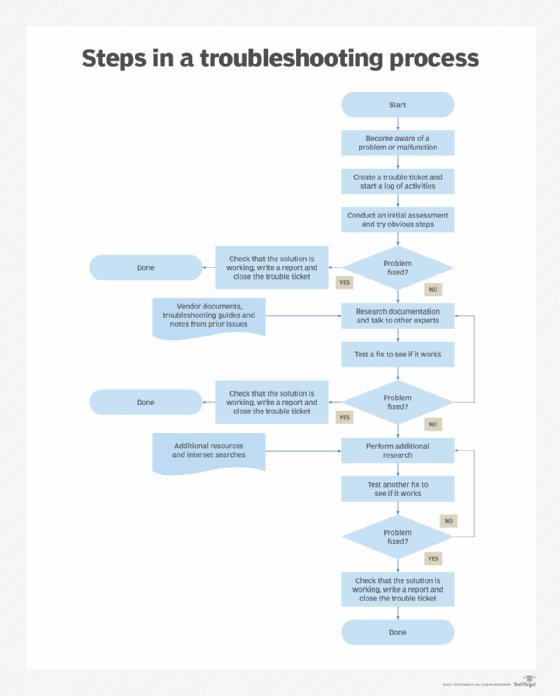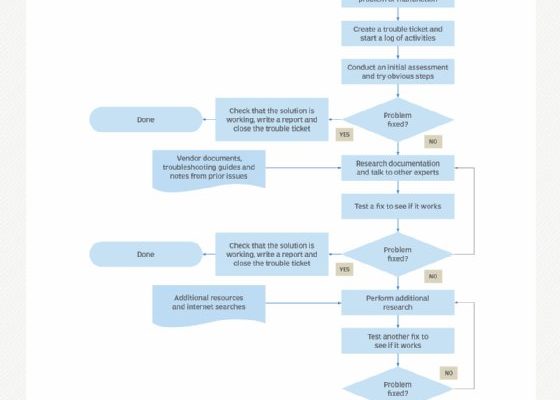
Doors are an essential part of your home. They provide privacy, security, and even a bit of style. However, if they’re cut too short or unevenly, it can lead to gaps, sticking, or even malfunctioning hardware. Let’s talk about why this happens, how to identify the specific issues, and what steps you can take to correct these problems. You might even find a few clever tricks to help make your door situation a bit easier.
How Do Doors Get Trimmed Too Much?
Understanding why doors can end up being trimmed too much starts with the installation process. Often, doors are adjusted to fit snugly in the frame—especially in older homes where the wood may have warped over time. When a door is too long, it can drag on the floor or rub against the frame, prompting the installer to trim it down. Here’s the kicker: if too much is cut away from the bottom or sides, the door can lose its ability to function correctly.
Factors to Consider:
- The original size of the door compared to the frame.
- The type of hardware being used (hinges, locks, etc.).
- Environmental factors like humidity that can impact wood size.
The tricky part is that once a door is trimmed, you can’t just “un-trim” it. That’s why it’s crucial to measure carefully before making any cuts. It might feel like an easy fix, but if you’re unsure, it’s always wise to consult a professional.
Identifying Issues with Your Door
So, how do you know if your door has been trimmed too much? There are a few telltale signs you can look for. The first is visible gaps; if you can see light coming through from underneath or the sides of the door, something’s off. Another common issue is the door not closing completely or sticking when you try to open or shut it.
Here are some specific indicators to look out for:
- Gaps: Light shining through means your door is likely too short or not aligned properly.
- Sticking: If you have to shove or pull, it’s probably not hanging straight.
- Squeaking: This could signal misaligned hardware or issues with how the door swings.
If you notice any of these problems, don’t panic! There are solutions, and identifying the specific issue is the first step toward fixing it.
Adjusting Door Hardware
If your door has been trimmed too much, one common troubleshooting step is to adjust the hardware. This usually involves the hinges, which may need to be moved up or down. Here’s how to do it:
1. Check the Hinges: Look at how they’re installed. Sometimes they can be shifted slightly to help the door fit better.
2. Tighten or Loosen Screws: If the screws are loose, tightening them can sometimes help pull the door into alignment. Conversely, loosening may allow for better movement.
3. Test the Door: After making adjustments, close the door multiple times to see if it’s improved.
You might be wondering why these adjustments work. When the hinges are well-aligned, they help the door hang straight, which can minimize any sticking or gaps. This also allows the door to swing open and closed without a hitch.
Adding a Door Sweep or Threshold
Another approach to managing a door that’s been trimmed too much is to add a door sweep or a threshold. This can effectively fill in the gaps and improve the overall functionality of the door.
Door Sweep:
A door sweep is a long piece of material (usually rubber or metal) that attaches to the bottom of your door. It helps seal gaps, keeping out drafts, dust, and even noise. Installing it is a straightforward process:
1. Measure the Width: Get the width of your door before purchasing a sweep.
2. Cut to Size: If necessary, use scissors or a utility knife to ensure it fits perfectly.
3. Attach: Use screws or adhesive tape to attach it securely to the door’s bottom.
Threshold:
A threshold is a more substantial piece that sits at the bottom of the door frame. It raises the door slightly and helps create a seal. When choosing a threshold:
1. Select the Right Height: Make sure it can accommodate the clearance needed.
2. Installation: Follow package instructions for installation, ensuring it’s level.
Adding either of these can greatly enhance your door’s efficiency and improve its look.
Using Shims for Alignment
Shimming is a trick that can solve alignment issues if your door has sagged or is out of whack. Shims are thin strips of material that can help adjust the height and angle of the door.
1. Identify the Problem Area: Look for where the door is sticking or misaligned.
2. Choose Your Shims: These can be made from wood, plastic, or even cardboard, depending on how much adjustment you need.
3. Insert Shims: Insert the shims behind the hinge where necessary, then re-check the door’s movement.
This method is often used to help a door hang straight and allows for more even pressure across the entire door frame. Think of it like putting on shoe inserts—sometimes, it just takes a little boost to get things aligned properly.
When to Call a Professional
If you’ve tried adjusting the door, adding a sweep or threshold, or shimming it without success, it might be time to call in a professional. This could save you time, money, and a lot of headaches in the long run. Keep an eye on your door for these signs:
- The gap is too large to fix with quick fixes.
- The hardware is significantly misaligned and can’t be adjusted.
- You feel uncertain about making further modifications.
Professional carpenters have the tools and experience to solve complex issues, ensuring your door fits like a glove. You might be surprised at how quickly they can assess and fix your problem, getting things back on track with minimal hassle.
Maintaining Your Door After Troubleshooting
Once you’ve navigated the troubleshooting process, it’s essential to maintain your door. Regular checks can help prevent future issues. Here are some tips:
- Inspect Regularly: Look for gaps and alignment every few months.
- Clean the Hardware: Dust and dirt can build up over time, causing sliding or sticking.
- Apply Lubricant: Use a silicone spray or lubricant on the hinges to keep them moving smoothly.
A little maintenance goes a long way. Keeping your door in good shape ensures that it not only looks nice but functions well too.
With a little patience and the right techniques, troubleshooting doors that have been trimmed too much for hardware isn’t as daunting as it may seem. You might need to wrangle a few tools, but think of it as a fun mini DIY project. With some care and attention, your door can be restored to its proper place in your home.
